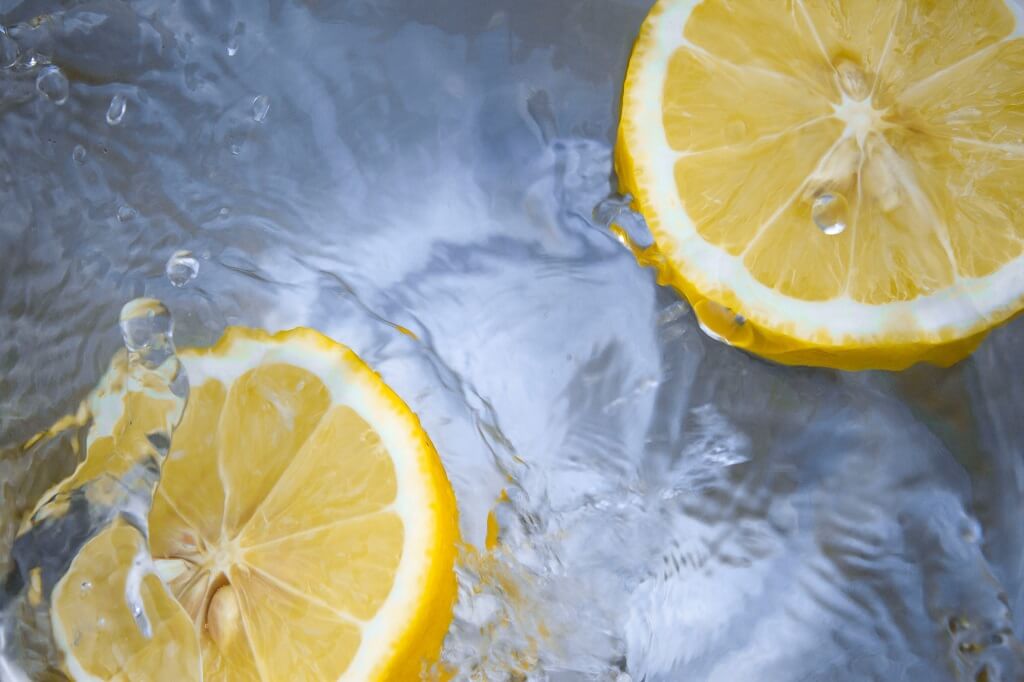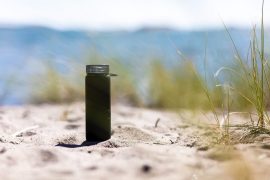In order to provide your family with purified water, Reverse Osmosis systems serve as a viable option among many. Through the process of RO common contaminants present in tap water are removed by use of a semipermeable membrane. The device produces permeate, which flows through a membrane to produce pure water that easily sustains life. Although this form of water purification does produce wastewater, it serves a purpose all its own. When managed accordingly, wastewater generated by an RO system does not have to be a burden – simply get creative.
How RO Systems Operate
When you have a family, the ability to provide pure, healthy drinking water becomes more essential than ever. As tap water flows through an intake of an RO system, sediment and chlorine are removed through a prefilter. The water continues through the unit, where it will be polished through turbidity reduction, as well as quality assurance. Throughout the entire process, up to 97% of all contaminants are removed, and the end result is pure, healthy drinking water.
- There are multiple stages found in any given RO system, which can be enhanced by homeowners with ease. RO systems utilize two types of filtration, with 3, 4, or 5 stages of filtration. A sediment filter, and carbon filter are two inherent filters within an RO system, aside from the membrane. These filters are commonly known as prefilters and postfilters, depending on their function – such as whether it operates before or after the membrane.
- When it comes to filtration, RO systems present one of the top methods in existence. Compared to a water distiller, which removes up to 97% of all dissolved solids, RO systems are more efficient. Furthermore, water distillers remove beneficial minerals, and an RO system has the option of remineralizing your water in a subsequent stage – if desired.
The Frequency of Changing RO Filters
Routine maintenance is highly recommended in any type of water filter, especially when it comes to optimum efficiency. If you are looking to consistently provide your household with fresh, safe filtered water, you can’t go wrong with a well-maintained RO system.
- RO membranes or of a delicate nature, which must be protected for optimal operation. For this reason, tap water initially flows through a pre-filter, if only to remove solids such as dirt, sand, silt, and more. In order to avoid clogs, pre-filters should be replaced every 6 to 9 months.
- Carbon filters are typically found in the next phase of an RO system. It is effective at reducing or removing chlorine content, which is responsible for imparting foul odor or taste. Chlorine can easily ruin an RO membrane, which is why it’s imperative that you replace your carbon filter every 6 to 9 months.
- This phase is what an RO phase is comprised of. This process of separation utilizes pressure in order to force water through the membrane, to prevent contaminants from flowing through to resulting water. Pure water flows through the other side of the membrane, which is known as ‘osmosis process’. Generally, water passes through the membrane at a pressure of 35 pounds per square inch (known as PSI). An RO membrane requires replacement every 2 to 3 years.
- The final stage of filtration involves a carbon filter stage, typically responsible for “polishing” off the water in the final stage of the cycle. Most remaining odor and taste is removed here, to produce outstanding drinking water. For regular operation, carbon filters require replacement every 6 to 9 months.
In addition to regular maintenance, an RO system also requires sanitization and recharging on an annual basis. Local water treatment professionals are poised to provide said maintenance, in addition to your RO system’s owner’s manual.

What’s The Average Lifespan of An RO System?
When a Reverse Osmosis system experiences regular maintenance and service, it is expected to provide between 10 to 15 years of pure water. This further highlights the importance of adhering to the maintenance set forth by the manufacturer, in addition to proper sterilization and cleaning techniques.
Do Water Softener Hurt Pose A Threat to RO Systems?
Contrary to popular belief, a water softener pairs well with a Reverse Osmosis system. Softeners enable the water throughout your home to soften and, when used with an RO system, it will be 98% purer due to removal of contaminants. If you enjoy good tasting water, installing a softener is well within the realm of possibilities. As calcium, magnesium, and the like make your water hard, it can be extremely difficult for RO membranes to remove minerals effectively. A softener behaves as a sort of protective barrier for your system, preventing the system from fouling, further extending the membrane’s lifespan.
Top Rated Reverse Osmosis Systems
Waterdrop G3 Reverse Osmosis Water Filter System
When contaminant buildup prevention is important, the Waterdrop G3 RO Water Filter System offers cross filtration for the prevention of virus and bacteria buildup. This unit is also a space saver, with a tankless design measuring in at 5.68” wide. A blue light enables users to recognize when water conditions are perfect, whereas yellow indicates an upcoming replacement, and red indicates the need to replace. Covered by NSF 58, and NSF 371 certifications, the Waterdrop G3 is fully tested and certified against the NSF/ANSI standard set forth by NSF International.
Purlette Reverse Osmosis System
The Purlette RO system cleanses your tap water of scale, odor, solids, chlorine, fluoride, and more. Keep fresh, clean tap water on demand throughout your home with an RO system from Purlette. Setup custom filter reminders and usage alerts, through an Alexa enabled water filter unit. Touting a 5 stage water filter setup, the Purlette includes carbon filters that eliminate common contaminants from tap water, in order to provide high quality drinking water bottled water simply cannot stand up against.
iSpring RCS5T RO Water Filter System
iSpring’s RCS5T RO Water Filter System efficiently reduces and removes sand, rust, odor, taste, and chlorine from tap water. 5 stages better enable this unit to remove pesticide residue, heavy metals, and more. Plus, it produces a low amount of wastewater, making it an excellent option for offices, salons, restaurants, and more.
